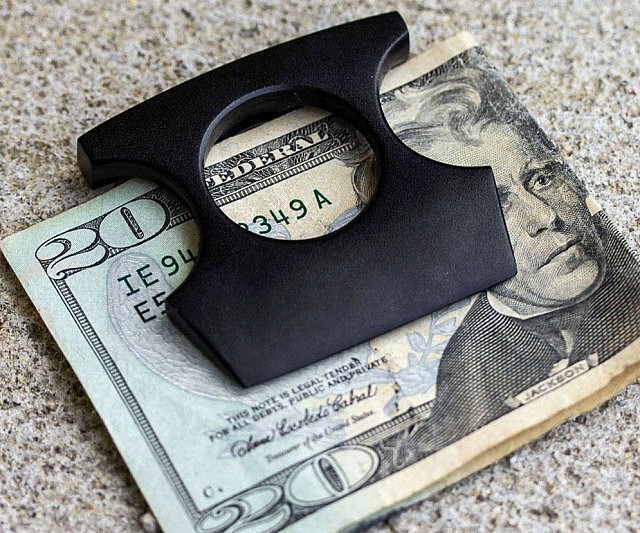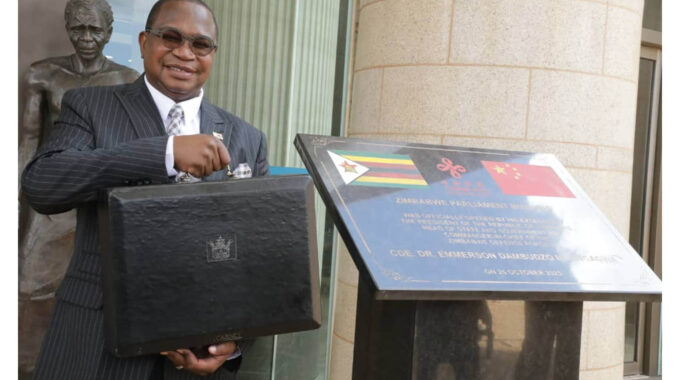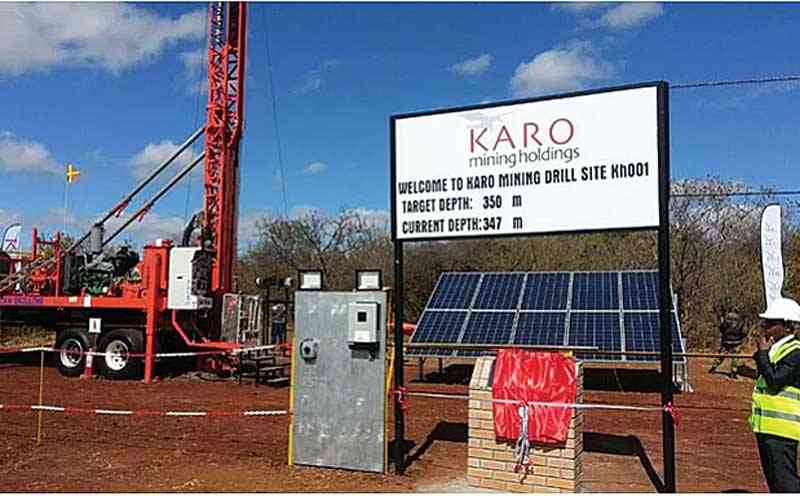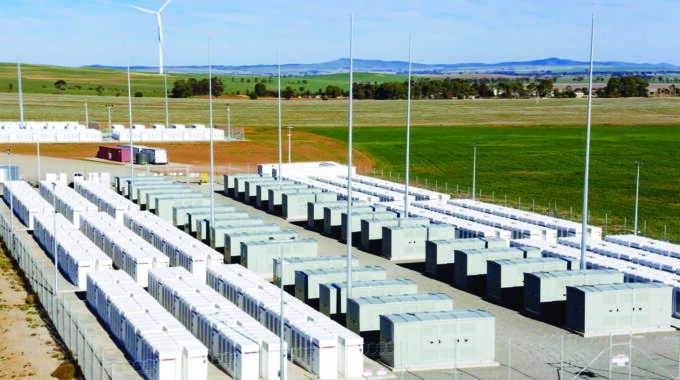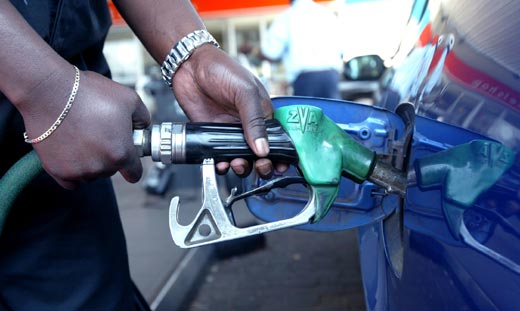Fuel prices stabilise, cost of living drops
THE continued downward review of fuel prices coupled with positive macro-economic policy interventions by the Government is fostering market stability resulting in gradual decline in the cost of living.
For the past two weeks, the country has enjoyed relative exchange rate stability following adoption of fiscal and monetary measures aimed at containing speculative parallel activity, keeping money supply under check, introduction of gold coins as an alternative store of value and promoting the use of the local dollar.
Consumer Council of Zimbabwe
According to the Consumer Council of Zimbabwe (CCZ), the cost of living for a family of six has decreased by $742,37 in the week ending August 5, 2022, indicating the cooling down impact of the policy measures and drop in fuel prices, which are a major cost driver.
By the end of July, the consumer watchdog had set the cost of living at around $281 062.83 but says this has now dropped by 0,26 percent to stand at $280 330.46.
“The CCZ family of six basket has decreased by $732,37 with 0,26 percent for the week ending 5 August owing to stability on the parallel exchange rate over the past two weeks,” said CCZ in a latest update.
“In the same vein we expect service providers to reduce prices of goods and services.” Commenting further, CCZ spokesperson, Mr Christopher Kamba, said interventions by monetary authorities were beginning to bear positive fruits.
“The basket was $281 062.83 and it’s now $280 330.46. We expect prices to stabilise further and service providers to reduce prices,” he said.
“The interventions by authorities are really starting to bear fruits, especially the introduction of gold coins, which has coincided with stability of parallel exchange rates.”
A snap survey conducted by Business Chronicle in Bulawayo also revealed that pricing of basic commodities was relatively stable with minimal fluctuations on the higher side between shops, whose exchange rates are slightly above the official exchange rate.
With the drop in the price of fuel, which is now pegged at US$1,60 per litre from a peak of close to US$1,70 for petrol and US$1,74 from above US$1,80 previously, there is high optimism that the productive sector will respond by adjusting prices downwards.
This follows Government’s move to remove the levy on diesel, in particular, as part of measures to ensure fuel pricing does not breach the US$2 per litre mark.
National University of Science and Technology (Nust)
The rise in fuel price was mainly driven by geo-political disturbances linked to the ongoing Russia-Ukraine war, which has resulted in a sharp spike in energy costs.
Economist with the National University of Science and Technology (NUST) Department of Banking and Investment Promotion, Mr Stevenson Dlamini, says the drop in fuel prices has significant bearing on the rate of price increases and inflation levels.
“While we might not witness an immediate drop in prices of goods and services, the fuel reduction will slow down the rate of price increases, which is a significant development for consumers,” he said in an interview.
“That would also in turn reduce the rate of inflation.”
Industrialist, Mr Busisa Moyo concurred: “Fuel prices affect the economy in many ways, for instance, transport costs for workers will decrease, hence their disposable income will increase.
“Cost of production decreases in the agricultural sector and tends to increase output to affordable products that include vegetables.”
Mr Busisa Moyo
Mr Moyo said the drop in fuel could also lead to improved service delivery for organisations that consume huge amounts of fuel. He cited road construction and refuse collection as major fuel users whose operations have huge bearing on communities.
The CCZ outlook is buttressed by the Zimbabwe National Statistics Agency (Zimstat), which has reported that the country’s month-on-month inflation rate dropped to 25,6 percent in July, shedding 5,1 percentage points on the June rate of 30,7 percent with annual inflation standing at 256,9 percent.
“The month-on-month inflation rate in July 2022 was 25,6 percent shedding 5,1 percentage points on the June 2022 rate of 30,7 percent.
“This means that prices as measured by the all-items Consumer Price Index (CPI) increased by an average rate of 25,6 percent from June to July 2022,” said the agency.
Zimstat has also said the month-on-month food and non-alcoholic beverages inflation rate stood at 21,4 percent in July, shedding 3,2 percentage points on the June 2022 rate of 24,6 percent.
Minister Soda Zhemu
Energy and Power Development Minister, Zhemu Soda, has also encouraged all sectors of the economy to pass the realised savings (of the drop in fuel prices) to the consumer by reducing the prices of goods and services.
He said the Government will continue implementing measurers to cushion the public from rising fuel prices due to conflict in Eastern Europe with the recent increase in ethanol blending to a maximum of 20 percent being one of the strategies adopted to counteract the effects of global fuel prices.
Through the Reserve Bank of Zimbabwe (RBZ)’s Financial Intelligence Unit (FIU) and the Ministry of Finance and Economic Development intervention, the Government has said it is on top of the situation in terms to taming exchange rate volatility and attendant inflationary pressures emanating from market indiscipline.
The FIU says most businesses have taken heed to their warning against indexing their prices to parallel exchange rate especially after having benefitted from the weekly foreign currency auction.
Mr Oliver Chiperesa
Businesses involved in illicit deals are set to face the music, according to the FIU director-general Mr Oliver Chiperesa in a recent interview with our sister paper, The Sunday Mail.
Some shops have pegged their exchange rate to between $800 and $1200.
“We have seen a hotel in Nyanga charging $1 200 and we are on them. Even some institutions are using a rate of $1 000, again we are on them,” said Mr Chiperesa.-The Chronicle



